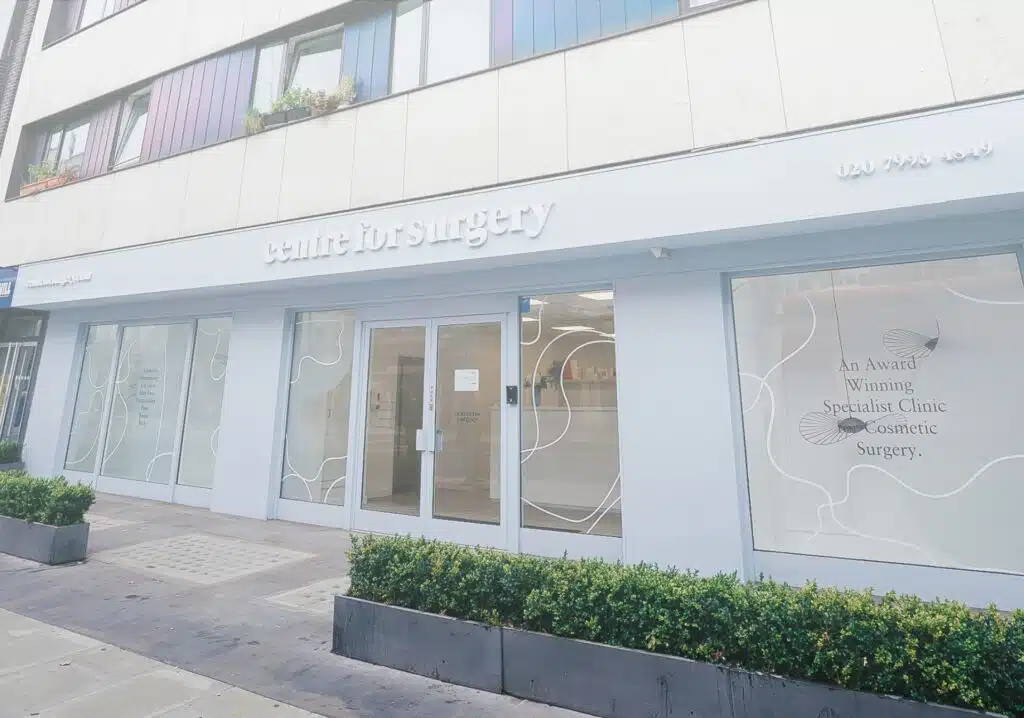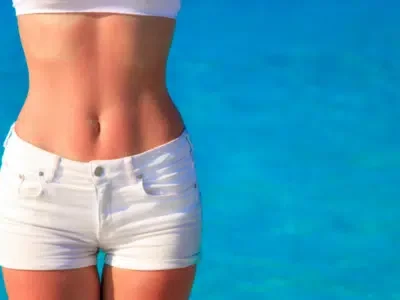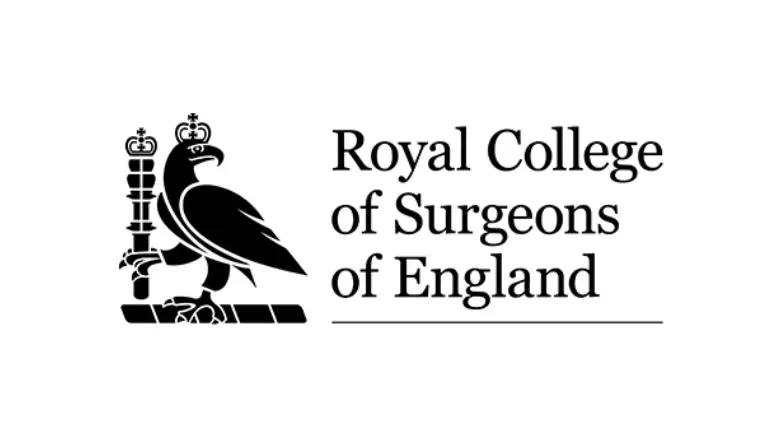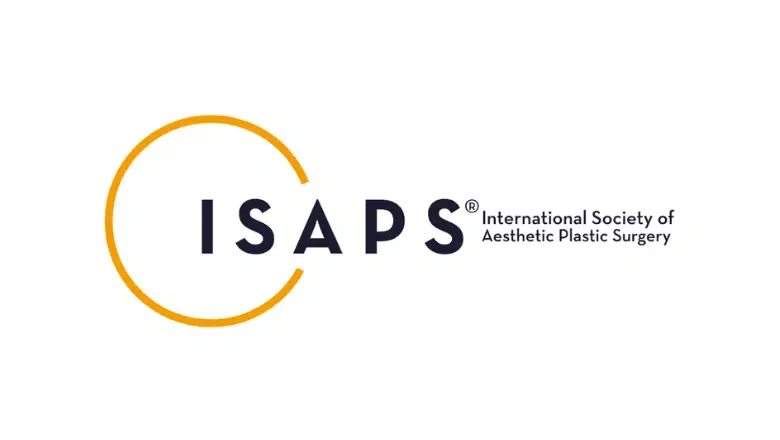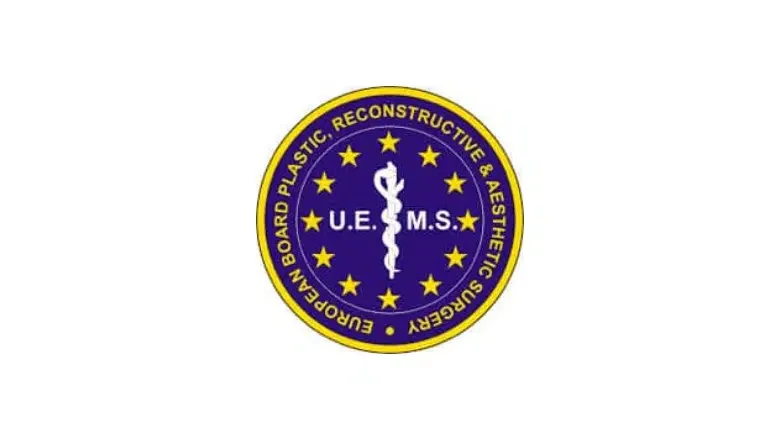Liposuction is one of the most popular types of cosmetic surgery with tens of thousands of procedures performed each year in the UK and London. For patients who are considering having a liposuction procedure, we have highlighted the most important aspects to help you be as prepared as possible for your procedure.
RELATED: Liposuction FAQs – Q&A about Fat Removal Surgery
What is liposuction?
Liposuction, or Lipo for short, is a body contouring procedure for the removal of localised areas of fat under the skin in unwanted parts of the body that are proven resistant to diet and exercise. Liposuction is not a method of weight loss and is considered the most effective technique for getting rid of fat that can’t be reduced with non-invasive methods such as reducing one’s intake of refined sugar and carrying out regular cardiovascular exercise.
What are the common liposuction areas?
Liposuction can be performed on most areas of the body, including:
- Neck and chin lipo
- Back of the neck, also known as a dorso-cervical fat pad or ‘Buffalo hump‘
- Abdomen and love handles
- Male chest
- Female breasts
- Upper arms also known as ‘bingo wings‘
- Stomach lipo
- Back lipo
- Bra rolls
- Thighs – both inner and outer thighs
- Knees
- Calves and ankles
Liposuction can be carried out in more than one area, and the treatment plan will depend on your expectations, your lifestyle and your genetics as many people will be predisposed to accumulating fat in certain body areas compared with other people. Once your plastic surgeon has carried out a full clinical assessment, including a physical examination, the best treatment option will be suggested.
Am I suitable for liposuction?
You will be an ideal candidate for liposuction if you are in a good state of health with no significant medical conditions. You are at or near your target weight, and you do not smoke. Liposuction is designed to remove areas of fat beneath the skin, also known as subcutaneous fat. The other type of fat found in the body is visceral fat, which is commonly found around the internal abdominal organs such as the stomach and liver. If you have an excessive amount of visceral fat, it is recommended that you lose weight first, as liposuction is not a treatment for getting rid of visceral fat.
As part of the clinical assessment, your surgeon will judge the quality of your skin, including its elasticity, before recommending liposuction. Patients with good skin elasticity are ideal candidates for liposuction. If patients have significant amounts of skin laxity or loose skin, your surgeon may recommend a skin removal procedure such as a tummy tuck, as liposuction may worsen the appearance of loose skin.
Is liposuction good for weight loss?
Many people incorrectly assume they can lose weight with liposuction. Liposuction is the best treatment for people who are at or near their ideal body weight for the removal of localised areas of fat. The amount of fat that could be removed will depend on several variables, including your treatment expectations and your surgeon’s assessment of the anticipated result.
How to prepare for liposuction
Our nursing team will give you detailed preoperative instructions before your liposuction procedure. On the day of your procedure, you will need a responsible adult escort to transport you to and from the day surgery facility and must be available to assist you with care for the first 24 hours after the procedure.
You must avoid certain drugs before the procedure, including medicines that may thin the blood, such as aspirin and certain anti-inflammatory medications. These medicines could increase the risk of bleeding complications during or after the procedure. If you are having liposuction in multiple areas, your surgeon may request certain blood tests to ensure you are not anaemic before surgery. If you are found to be anaemic, you may be prescribed iron tablets. On the day of your surgery, you should not eat anything for six hours beforehand and can have clear fluids up to 2 hours before the procedure.
How is fat removal surgery carried out?
Liposuction is a minimally invasive procedure which involves making small skin incisions to permit the insertion of aspiration cannulas into the area of excess fat. The cannulas are then moved back and forth to gently break apart fat cells before being sucked out with vacuum suction. Once the procedure is complete, the skin incisions will be closed with dissolvable sutures. There is no need to remove the sutures at subsequent follow-up appointments as they will be absorbed naturally by the body. Here at Centre for Surgery, all of our liposuction procedures are carried out as an outpatient or day case, which means that you will be admitted and discharged on the same day, which will allow you to recover in the comfort of your own home.
What does liposuction recovery involve?
Most patients who have had liposuction can return to nonphysical types of work in approximately 48 to 72 hours. The recovery process takes between three days and four weeks, after which you may return to all your normal activities, including going to the gym.
The speed of your recovery will depend on how your body heals. Some patients are able to carry out any type of exercise for seven days, while other patients may need four weeks or more. Your liposuction recovery will also depend on where it was removed. 360 liposuction may be associated with a longer recovery period compared with liposuction carried out in a single area, such as the upper arms.
RELATED: Liposuction risks and how to avoid them
Liposuction recovery timeline week by week
Recovery time after liposuction can vary depending on the extent of the procedure and the individual’s healing process. Here is a general outline of what to expect during the recovery process, week by week:
Week 1: After the procedure, the treated area will be swollen and bruised. Patients may experience pain and discomfort, which can be managed with medication. It is important to wear compression garments as directed by the surgeon to reduce swelling and help the skin conform to the new contours of the body.
Week 2: Swelling and bruising will start to subside but may still be present. Patients may start to feel more comfortable and be able to resume light activities.
Week 3: Most of the swelling should be gone, and patients may be able to return to work and other normal activities. However, patients should still avoid strenuous exercise and heavy lifting for several more weeks.
Week 4 and beyond: Most patients will have fully recovered and be able to return to normal activities, including exercise. However, it can take up to 6 months or longer for the final results to be visible as the skin continues to adjust to the new contours.
It’s important to follow the postoperative instructions provided by the surgeon in order to ensure the best possible recovery. Additionally, it’s important to note that healing time can vary greatly from person to person, and some patients may have a faster or slower recovery.
RELATED: What to expect after liposuction?
Top tips for better recovery after liposuction surgery
Recovering from liposuction surgery requires proper care and attention to ensure the best possible outcome. Here are some tips to help you achieve a better recovery:
Follow Your Plastic Surgeon’s Instructions
Your surgeon will provide you with specific guidelines on how to care for the treated areas, which activities to avoid, and when you can resume normal activities. It’s essential to adhere to these instructions meticulously to promote healing and prevent complications.
Wear the Compression Garment
Wearing a compression garment as directed by your doctor is crucial. This garment helps reduce swelling, supports the treated areas, and can improve the final results of your procedure. Ensure you wear it as prescribed, typically for several weeks after surgery.
Get Plenty of Rest
Allow your body ample time to heal by getting plenty of rest after the procedure. Avoid strenuous activities and try not to stand or sit for extended periods during the first few days. Proper rest helps your body recover more efficiently.
Avoid Alcohol
Alcohol can interfere with the healing process and increase the risk of bleeding and swelling. It’s advisable to avoid alcohol for at least the first week after surgery to ensure optimal recovery.
Eat a Healthy Diet
A nutritious diet can promote healing and reduce swelling. Focus on consuming plenty of fruits and vegetables, lean proteins, and whole grains. A balanced diet provides your body with the necessary nutrients to support the healing process.
Stay Hydrated
Staying hydrated is vital for reducing swelling and promoting healing. Drink plenty of water throughout the day and try to avoid beverages high in caffeine and sugar, as they can contribute to dehydration.
Take Care of the Incisions
Follow your doctor’s wound care instructions diligently. This includes keeping the incisions clean and dry, avoiding soaking in baths or pools, and protecting the treated areas from sun exposure. Proper wound care prevents infections and promotes faster healing.
Avoid Smoking
Smoking can significantly hinder the healing process and increase the risk of complications. If you smoke, it’s important to quit or at least refrain from smoking in the weeks following your procedure to aid recovery.
Avoid Aspirin and NSAIDs
Aspirin and other nonsteroidal anti-inflammatory drugs (NSAIDs) can increase the risk of bleeding and swelling. Avoid these medications for at least the first week after surgery unless otherwise directed by your surgeon.
Attend All Follow-Up Appointments
Regular follow-up appointments are essential to monitor your progress and address any concerns or complications that may arise. Attend all scheduled visits and communicate openly with your surgeon about your recovery.
Liposuction recovery do’s and don’ts.
You should:
- Have a responsible adult escort you home after surgery
- Make sure to get plenty of rest during the first two weeks after surgery
- Where loose-fitting clothes
- Sleep on your back
- Keep well hydrated by drinking plenty of water
- Eat healthy foods
- Follow your surgeons, post-operative instructions
- Take your prescriptions as directed
- Avoid strenuous exercise
- Attend your post-operative review appointment
You must avoid the following:
- Sleeping on your front or sides
- Getting your incisions, wet or dirty
- Drinking excessive alcohol in the early recovery period
- Smoking, vaping, or inhaling passive smoke
- Carrying out strenuous exercise too soon after surgery
- Wearing tight-fitting clothes
When should medical attention be sought during recovery after liposuction?
If you experience any of the following symptoms, get in touch with our clinical support team as soon as possible:
- Severe pain
- Bleeding
- Infection
- Shortness of breath
- Lightheadedness
You should also contact us if you feel your healing is not progressing as intended.
What do liposuction scars look like?
The width of the incisions is just long enough to allow the insertion of the small-diameter liposuction cannulas, which are often no more than 3 to 4 mm. The resulting liposuction scar is barely noticeable, and the number of scars you have will depend on how many areas of liposuction you have carried out. The appearance of scars will also vary depending on how old you are and your level of skin elasticity. Many patients have virtually no visible scarring, while others may have more obvious scars, especially in darker skin types. It is important to remember that incisions result in some degree of scarring. The only way to avoid liposuction scars is not to have liposuction surgery.
What liposuction results can I expect?
All patients should have realistic expectations of what to achieve with liposuction, allowing them to form an accurate idea of potential liposuction results. After the procedure, it is common to have bruising and swelling, which will settle down after two weeks. You may also have loose skin, which will take time to improve over the first few weeks. Final liposuction results take approximately six weeks and three months to appear. It is important to be patient throughout the liposuction recovery period and follow your surgeon’s postoperative instructions in full.
SEE ALSO: Liposuction Before And After Photos
Are liposuction results permanent?
Fat cells removed from the body with liposuction are gone forever and do not return. However, patients who continue to eat a healthy diet can still gain weight in areas that have not had liposuction. The best way to maintain your results is to eat a healthy diet and carry out regular physical exercise to ensure the very best long-term results.
SEE ALSO: Are there any alternative treatments to liposuction?
How long does it take to recover from liposuction?
Liposuction recovery takes several weeks. During the first two weeks, it is important to take it easy. Most people can return to work after one week. It can take up to three months to recover fully after a liposuction procedure.
Is liposuction recovery painful?
Liposuction is not associated with significant pain or discomfort. Any mild discomfort will improve after the first week and can be easily controlled with over-the-counter painkillers.
Will I need drains after liposuction?
Liposuction does not involve inserting wound drains, so these will not need to be removed at a postoperative appointment.
What should you avoid after liposuction?
You should avoid smoking or vaping. Alcohol should be avoided for the first two weeks after surgery. Strenuous physical exercise should be avoided for up to 6 weeks. You should avoid wearing tight-fitting clothes.
How soon can I walk after liposuction?
Light walks around the home are actively encouraged during the first few days after surgery to encourage blood circulation to the legs and enhance healing.
What happens if I do not wear a compression garment after liposuction?
If you do not wear the liposuction compression garment, there is a risk of prolonged swelling. The skin may not retract fully, and this could affect the final results of the procedure.
When can I exercise after liposuction?
You may carry out most forms of exercise after six weeks. Vigourous exercise should be avoided during the first four weeks after surgery.
Should I get a lymphatic drainage massage after liposuction?
Lymphatic drainage massage is considered optional after liposuction. Patients who have lymphatic drainage massage may find that healing occurs quicker and will therefore see their final result sooner.
RELATED: Lymphatic Drainage Massage After Liposuction
How long should I wear a compression garment after liposuction?
You should wear a compression garment after lipo for a minimum of six weeks, continuously day and night.
RELATED: How to choose the best compression garment for liposuction
How long does Lipo swelling last?
Liposuction swelling will January disappear after four weeks, although there may be mild swelling which lasts up to three months after surgery.
When can I sleep on my side after liposuction?
You should avoid sleeping on your side for the first four weeks after liposuction.
Does liposuction permanently get rid of fat?
Liposuction is considered a permanent method of fat removal. Once the fat cells have been suctioned out, they do not grow back. However, you should maintain a stable weight to prevent fat from forming in other body areas.
Will I see liposuction results immediately?
Liposuction produces permanent results, but results will not be visible immediately due to swelling and bruising, which will take up to 6 weeks to disappear.
Book your London liposuction procedure today
Centre for Surgery is a specialist plastic surgery clinic and is considered one of the leading centres for liposuction surgery in the UK. We carry out hundreds of liposuction procedures at our state-of-the-art Baker Street clinic in Marylebone each year. Once you have made up your mind and are ready to take the next step, get in touch with us today at 0207 993 4849 to book a face-to-face consultation with an expert liposuction surgeon in London.

